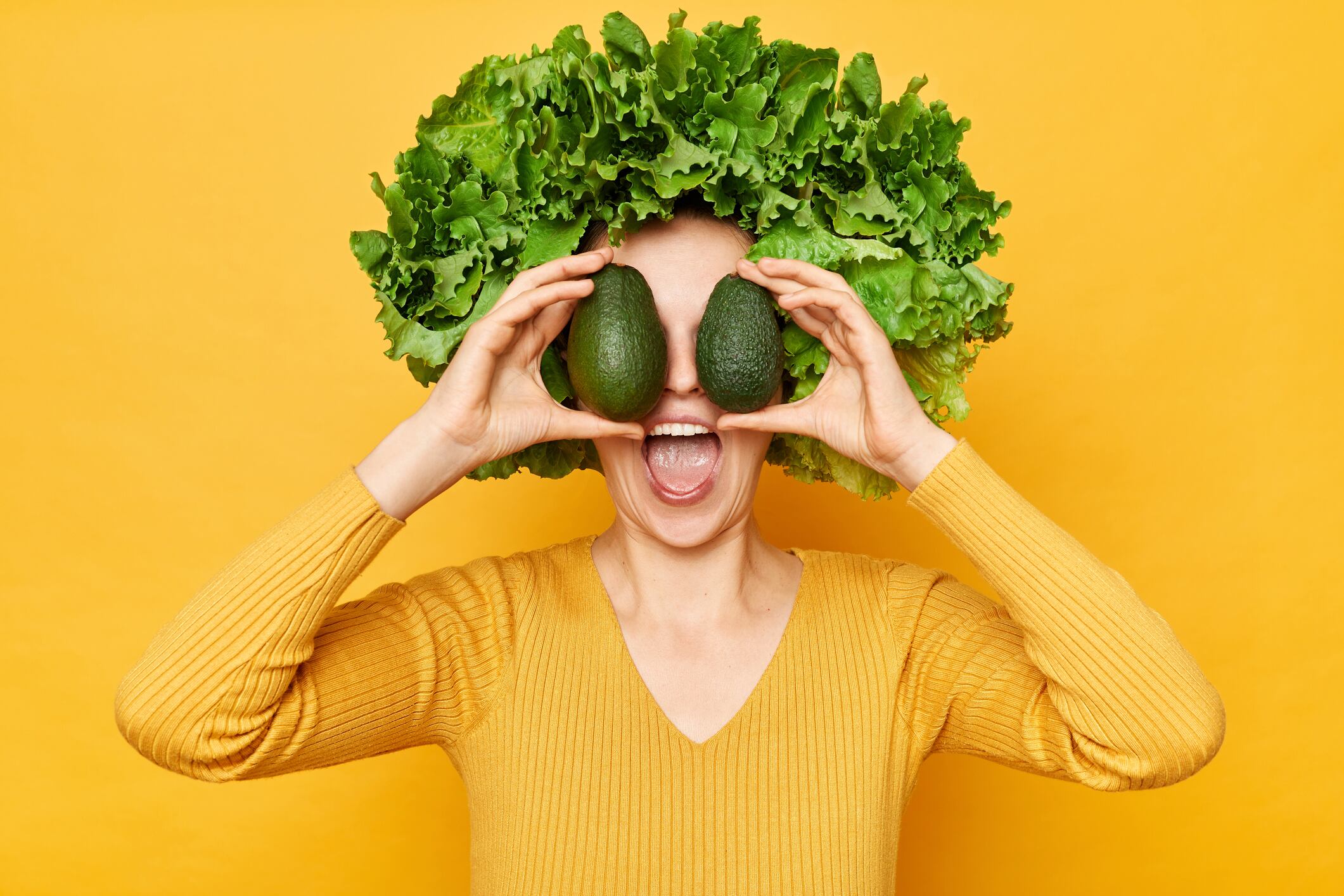Biggest challenges and opportunities for ingredients suppliers: summary
- Functional food and drink market is nearing €300bn and still growing
- Supply chain disruptions from tariffs and geopolitics remain major industry headwinds
- Inflation and climate change add cost pressures across global ingredient sourcing
- Plant-based demand has slowed but hybrid formulations offer new growth potential
- GLP-1 companion products and natural alternatives are emerging as key opportunities
Ingredients companies aren’t facing just one challenge – or even two or three. During a conversation with Beneo CEO Olivier Roques, we counted more than five.
But with nearly 18 months under his belt in the top job, Roques sees clear opportunities amid the headwinds. And they lie in the very nature of the German-headquartered supplier: Beneo specialises in ingredients going into functional food and drink – a market nearing €300bn in value, and growing.
From gut health to plant-based innovation and the rise of GLP-1 weight-loss drugs, Roques is convinced today’s and tomorrow’s trends will continue driving growth for the sector.
The biggest disruption facing food and drink
What a time to step into the CEO role at a functional ingredients supplier. On the upside, the functional food and drink trend has skyrocketed, with consumers demanding far more than just taste and sustenance. On the downside, it’s been a challenging period for the ingredients sector.
Just a few months into Roques’ tenure, President Trump turned his full attention to tariffs. The impacts are far-reaching, but a primary concern for anyone sourcing and selling ingredients around the world is supply chain reliability.
US tariffs are “really disruptive”, explains Roques. Beneo diversifies its sourcing, and doesn’t only rely on the US. South America and Europe are also big cultivation areas for the Südzucker-owned firm. But tariffs do impact consumption and cost. “Moving goods, continent to continent, is a daily challenge.”

Tariffs haven’t proved the only challenge impacting global supply chains. Last year, commercial vessels were targeted by missile, drone and small-boat attacks in the Red Sea, disrupting trade between Asia and Europe. And it doesn’t feel long ago that trade was halted in the Black Sea amid the Russia-Ukraine conflict. Geopolitics have not been kind to the ingredients sector.
Roques insists Beneo is “very resilient”, thanks to its international supply network – so much so that the company is often called on by manufacturer customers for backup. Still, supply chain disruptions are never easy for any business, and navigating them quickly is a challenge Roques is learning firsthand.
Cost matters more than ever – as does climate change
Supply chain challenges aren’t alone in disrupting ingredients suppliers. For Beneo, inflationary pressures remain a significant headwind – compounded by US tariffs and weak economic conditions.
There are no two ways about it. Beneo must find cost-effective solutions for its customers, says Roques. “If the price is too high, consumers won’t repurchase.”
Fortunately for Beneo, its strong positioning in health and nutrition helps it weather many of the sector’s storms. So far, that’s held true in terms of cost. Despite rising expenses across the industry, the functional food and drink market continues to soar – with gut health-promoting prebiotics a prime example. “So far, the functionality and benefits of prebiotic products seem sufficiently compelling for customers not to rework the recipe yet.”

The other obvious threat for anyone working in agriculture is climate change. Beneo is purchasing significant quantities of raw materials from farmers, who amid global warming and unpredictable weather patterns, are faced with floods, drought and diseases. Implementing sustainable practices, including those linked to regenerative agriculture, is Beneo’s path forward.
How those messages are conveyed to consumers is also in flux. Gone are the days when shoppers paid a premium for sustainability. What do they want instead? “Value,” says Roques. “Big FMCGs tell me they don’t want to pay a premium for sustainability.” And with Beneo’s green investments costing tens of millions, the company must ensure they deliver real business value to be truly sustainable.
When challenge leads to opportunity
Other headwinds relate to specific ingredients and food formats. Plant-based is one trend that stands out.
Not too long ago, plant-based ingredients suppliers were benefiting from the skyrocketing plant-based trend, as consumers clamored for meat-free burgers and dairy-free creams. Up until the early 2020s, plant-based aisles in supermarkets were continuing to expand, with sausage, meatball and even steak analogues piquing shopper interest.
“That was a big phase,” recalls Roques. And it made sense: animal protein is expensive. But amid the hype, consumers forgot the importance of taste, he explains. “If you eat a patty with only pea or soy protein, and it doesn’t have the juiciness or texture of a burger or fish, you’re not going to eat that again – even if it’s good for you. And on top of that, it’s expensive."
Industry was naïve, and the strategy was wrong. “They were thinking: ‘Let’s save the polar bear, let’s buy plant protein’.” But if it doesn’t taste good, those products won’t fly.

Since the plant-based downturn, plant-based suppliers are looking to find new or alternative uses for their broad portfolios of ingredients. And businesses can learn from what did and didn’t work amid the plant-based boom. While products made of 100% plant-based ingredients struggled to find traction, Roques sees real opportunity in hybrid – blending plant-based ingredients with conventional meat.
“Hybrid is better suited for consumers and better for the planet,” says the CEO, an advocate of Beneo’s blended mixes of plant-based texture with animal protein. And making it work relies on a step-by-step approach to formulations. Like Beneo tells its customers, it’s asking too much of consumers to swap out meat completely for plants. “It’s like sugar reduction. Do it progressively.”
The next big thing? GLP-1 supportive solutions in food and drink
There is much more opportunity not just on Beneo’s radar, but coming through its portfolio.
It could be argued the biggest up-and-coming trend in food and drink of 2025 is GLP-1 companion products. When people take GLP-1 drugs, they’re faced with suppressed appetites and as a result, risk of malnourishment. Food and beverage manufacturers can meet this challenge with portion-controlled, nutritionally complete solutions.
Although that’s part of Beneo’s strategy, Roques is also acutely aware that not everyone can or wants to inject themselves with weight-loss drugs. They’re expensive, can be inconvenient, and have known side effects. Innovations that aim to trigger a similar response to pharmaceutical innovations, naturally, is a growth area, believes the CEO. “Consumers using the medicines are fed up,” he says. “So Beneo has an offering to counteract some of the side effects from a lack-of-nutrition point of view.”

The company owns a slowly digestible sugar with a low glycaemic index, which promises to trigger GLP-1 release and the satiety effect. “We’re actively working on it,” he tells us, adding that consumers almost can’t believe it: “Really? You have a product that triggers GLP-1 release, and it’s not an injection?”
GLP-1 drugs, companion products, and natural alternatives aren’t likely to erase the better-for-you market. Roques is convinced: “GLP-1 is a cure – it solves a problem. We address the cause, the root of the problem.”
That approach is central to how Beneo plans to navigate change. Its focus on functional food and drink has served it well so far, and as GLP-1s threaten to chip away at volume-driven sales, the company intends to double down on health and nutrition-focused ingredients – a strategy that’s proving effective for now.





